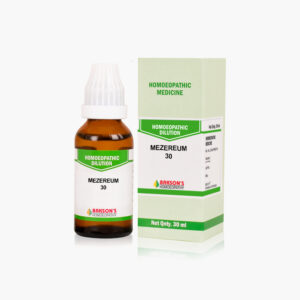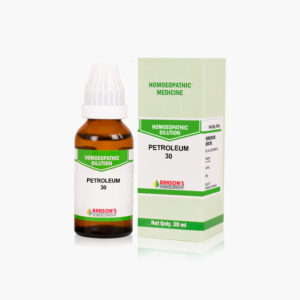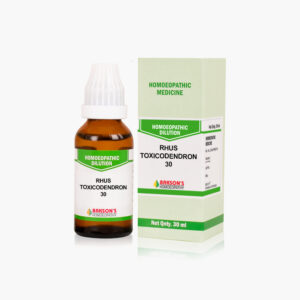What is Herpes Simplex?
Herpes simplex viruses are ubiquitous, host-adapted pathogens that cause a wide variety of disease conditions. The two types of conditions caused by herpes simplex are Herpes simplex type 1 (HSV-1) and Herpes simplex type 2 (HSV-2). While HSV-1 produces orofacial manifestations, HSV-2 is associated with the genital disease.
HSV is well distributed worldwide, with over 23 million new cases per year. The infection is more common in women than men.
Causes
HSV is transmitted via close personal contact. HSV-1 infections transmitted via saliva are common in children, although primary herpes gingivostomatitis can be observed at any age. HSV-2 infections are clustered perinatally (from a maternal episode at delivery) and primarily once sexual activity begins. Increased age and total number of sexual partners are the independent factors associated with the increased seroprevalence of HSV-2 antibodies.
Sign and symptoms
Both HSV-1 and HSV-2 are implicated in genital and orofacial primary infections after contact with infectious secretions that contain either HSV-1 (usually oral secretions) or HSV-2 (usually genital secretions).
- Acute herpetic gingivostomatitis: This is a manifestation of primary HSV-1 infection that occurs in children aged 6 months to 5 years. The incubation period is 3-6 days. Clinical features include: –
- High temperature (102-104ºF)
- Anorexia and listlessness
- Gingivitis (This is the most striking feature, with markedly swollen, erythematous, friable gums.)
- Vesicular lesions (These develop on the oral mucosa, tongue, and lips and later rupture and coalesce, leaving ulcerated plaques.)
- Tender regional lymphadenopathy
- Herpes Labialis: This is the most common manifestation of recurrent HSV-1 infection, referred to by many asפ cold sores.פ A prodrome of pain, burning, and tingling often occurs at the affected site, commonly the face, around the lips, followed by the development of erythematous papules that rapidly develop into tiny, thin-walled, intraepidermal vesicles that become pustular and ulcerate.
- Genital Herpes: Primary genital herpes can be caused by both HSV-1 and HSV-2. Primary genital herpes is characterized by severe and prolonged systemic and local symptoms. In women, Constitutional symptoms include fever, headache, malaise, and myalgia (prominent in the first 3-4 days). Local symptoms include pain, itching, dysuria, vaginal and urethral discharge, and tender lymphadenopathy. While in men, these vesicles appear in the glans penis, the prepuce, the shaft of the penis, and sometimes on the scrotum, thighs, and buttocks. In dry areas, the lesions progress to pustules and then encrust.
On physical examination, painful lesions are found that progress to vesicles and are present internally on the mucosal surface of the oral or genital area. Individual vesicles on mucosal surfaces break down rapidly, forming shallow painful ulcers (usually < 8-10 mm in diameter).
Diagnosis
The gold standard of investigation is isolation of viruses in tissue culture. Other standard tests are Tzank smear, Polymerase chain reaction and antibody testing can also be done.
General management
Appropriate pharmacotherapy must be started after consulting the physician.
Warning: Above information provided is an overview of the disease, we strongly recommend a doctor’s consultation to prevent further advancement of disease and/or development of complications.
Disclaimer: The information provided herein on request, is not to be taken as a replacement for medical advice or diagnosis or treatment of any medical condition. DO NOT SELF MEDICATE. PLEASE CONSULT YOUR PHYSICIAN FOR PROPER DIAGNOSIS AND PRESCRIPTION.



 Login
Login







